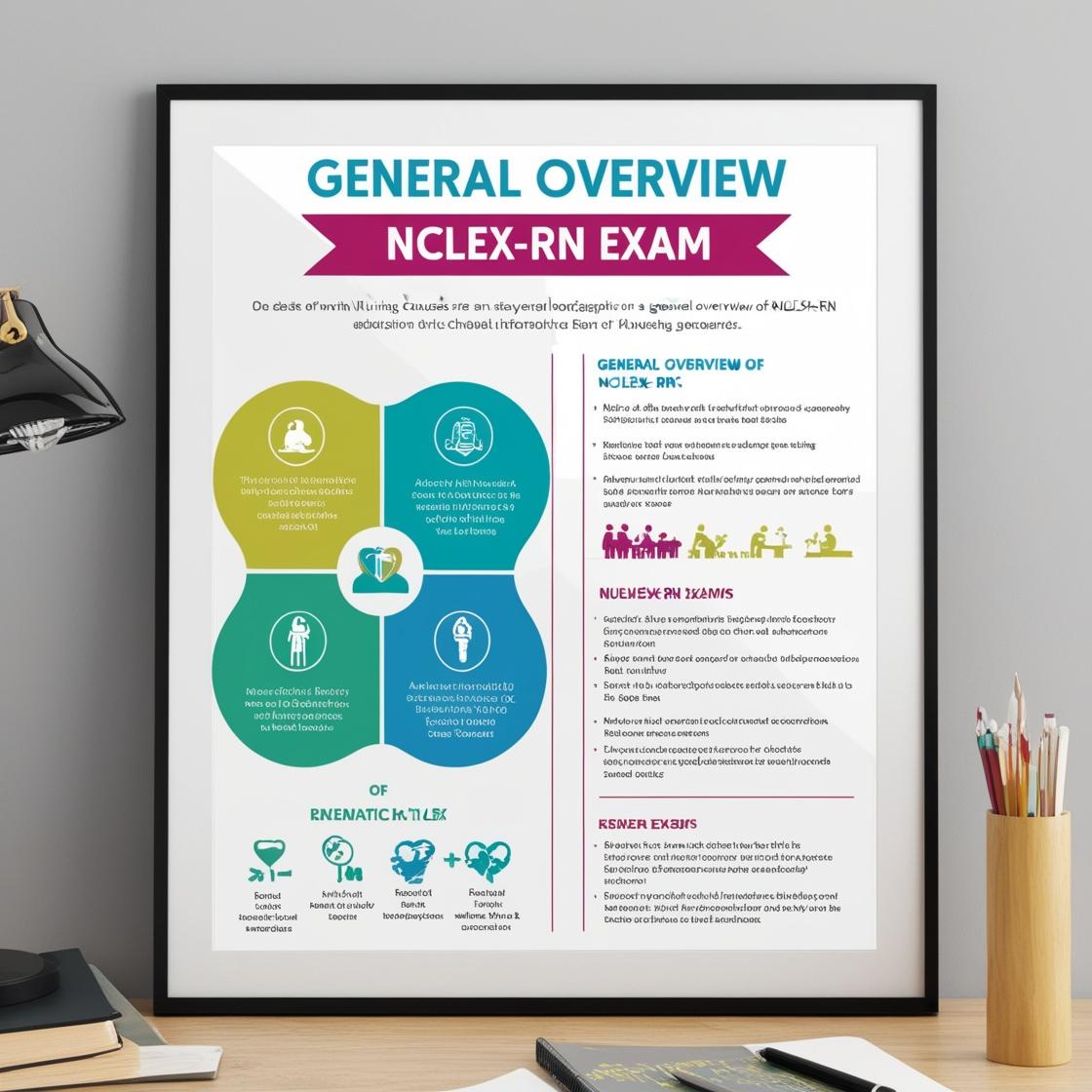NCLEX-RN
NCLEX RN Exam Preview Answers
1. After a symptom is recognized, the first effort at treatment is often self-treatment. Which of the following statements is true about self-treatment?
- A. "Not recognized as valuable by most health care providers."?
- B. "Usually ineffective and may delay more effective treatment."?
- C. "Always less expensive than biomedical alternatives."?
- D. "Influenced by the accessibility of over-the-counter medicines."?
Correct answer: D
Rationale: After a symptom is identified, the first effort at treatment is often self-treatment. The availability of over-the-counter medications, the relatively high literacy level of Americans, and the influence of the internet and mass media in communicating health-related information to the general population have contributed to the high percentage of cases of self-treatment. Health care providers are recognizing the value of a wide variety of alternative, complementary, and traditional interventions. Many self-treatments, such as over-the-counter medications, are effective. Self-treatment is not always less expensive. Choice A is incorrect as health care providers are recognizing the value of self-treatment. Choice B is incorrect because self-treatment can be effective in many cases. Choice C is incorrect as self-treatment is not always less expensive; it depends on the specific treatment being used.
2. In which situation would the nurse use bimanual palpation technique?
- A. Palpating the thorax of an infant
- B. Palpating the kidneys and uterus
- C. Assessing pulsations and vibrations
- D. Assessing the presence of tenderness and pain
Correct answer: B
Rationale: Bimanual palpation involves using both hands to envelop or capture specific body parts or organs like the kidneys, uterus, or adnexa. This technique is particularly useful for assessing the size, shape, consistency, and mobility of deep organs like the kidneys and uterus. Palpating the thorax of an infant (Choice A) is usually done with a different technique like gentle, single-handed palpation. Assessing pulsations and vibrations (Choice C) and assessing tenderness and pain (Choice D) typically do not require the use of bimanual palpation, making Choices A, C, and D incorrect.
3. The healthcare provider is preparing to perform a physical assessment. Which statement is true about the inspection phase of the physical assessment?
- A. Usually yields little information
- B. Takes time and reveals a surprising amount of information
- C. May be somewhat uncomfortable for the expert practitioner
- D. Requires a thorough examination of the patient's body before proceeding with palpation
Correct answer: B
Rationale: During the inspection phase of a physical assessment, it is essential to take time as it can reveal a significant amount of information. Initially, it may feel uncomfortable for the examiner to focus solely on observing the patient without immediate action. Rushing through inspection is not recommended as it can lead to missing important cues. Train yourself to be thorough during inspection by observing carefully and taking the time needed to gather essential data. Choices A, C, and D are incorrect because inspection typically provides valuable information, may feel uncomfortable at first but is necessary for a comprehensive assessment, and does not involve a quick glance but requires a focused and detailed observation.
4. The nurse is reviewing concepts related to one's heritage and beliefs. Which concept refers to an organized system of beliefs concerning the cause, nature, and purpose of the universe?
- A. Culture
- B. Religion
- C. Ethnicity
- D. Spirituality
Correct answer: B
Rationale: Religion refers to an organized system of beliefs concerning the cause, nature, and purpose of the universe, as well as the attendance of regular services. Religion is a shared experience of spirituality or the values, beliefs, and practices into which people are either born or that they may adopt to meet their personal spiritual needs through communal actions, such as religious affiliation, attendance and participation in a religious institution, prayer, or meditation, and religious practices. Culture is a complex phenomenon that includes attitudes, beliefs, self-definitions, norms, roles, and values learned from birth through the processes of language acquisition and socialization. It does not refer to a belief in a divine or superhuman power. Ethnicity pertains to a social group within the social system that claims to possess variable traits, such as a common geographic origin, religion, race, and others. Spirituality is a broad term focused on a connection with something bigger than oneself and a belief in transcendence.
5. Which of the following descriptions best describes the function of the thyroid gland?
- A. The thyroid gland converts glucose into glycogen
- B. The thyroid gland secretes cortisol during times of stress
- C. The thyroid gland regulates body metabolism
- D. The thyroid gland affects skin pigmentation
Correct answer: C
Rationale: The thyroid gland is responsible for secreting thyroxine (T4) and triiodothyronine (T3), which work to regulate the metabolism of the body's cells. The primary function of the thyroid gland is to control the body's metabolic rate, affecting processes such as heart rate, temperature regulation, and energy levels. Choices A, B, and D are incorrect because the thyroid gland is not involved in converting glucose into glycogen, secreting cortisol, or affecting skin pigmentation. Instead, the primary role of the thyroid gland is to regulate the metabolism and energy balance in the body.
Similar Questions

Access More Features
NCLEX RN Basic
$69.99/ 30 days
- 5,000 Questions with answers
- Comprehensive NCLEX coverage
- 30 days access @ $69.99
NCLEX RN Premium
$149.99/ 90 days
- 5,000 Questions with answers
- Comprehensive NCLEX coverage
- 30 days access @ $149.99
